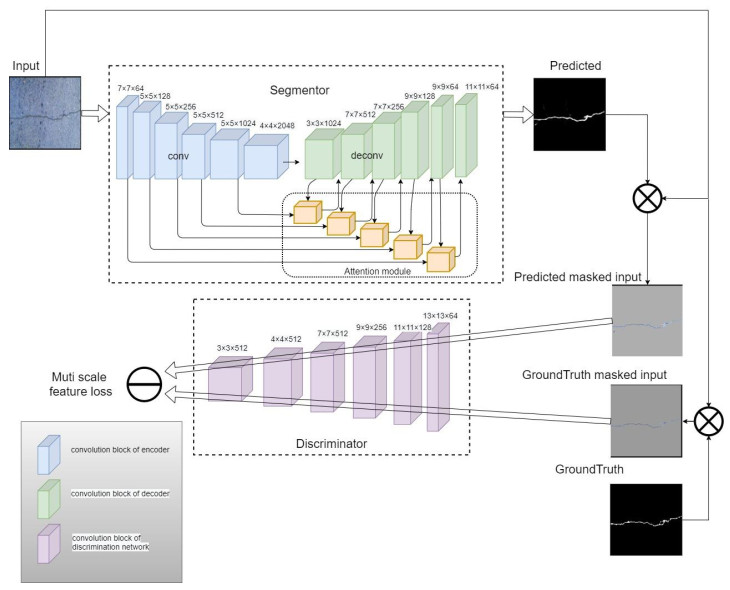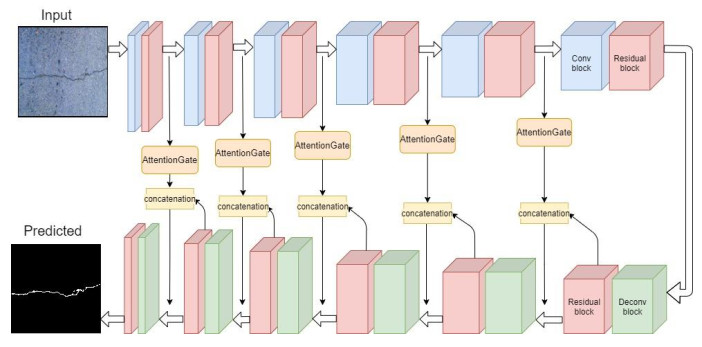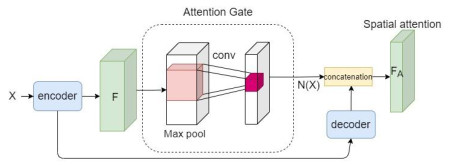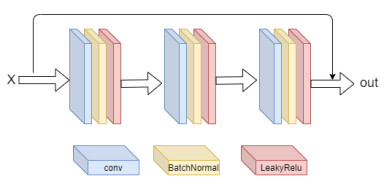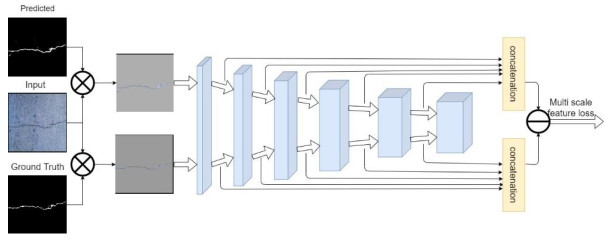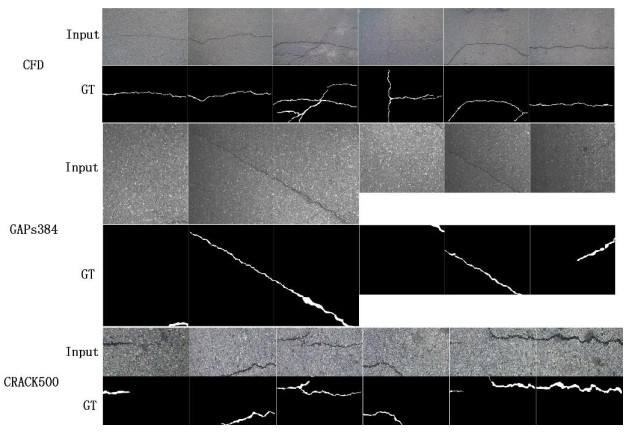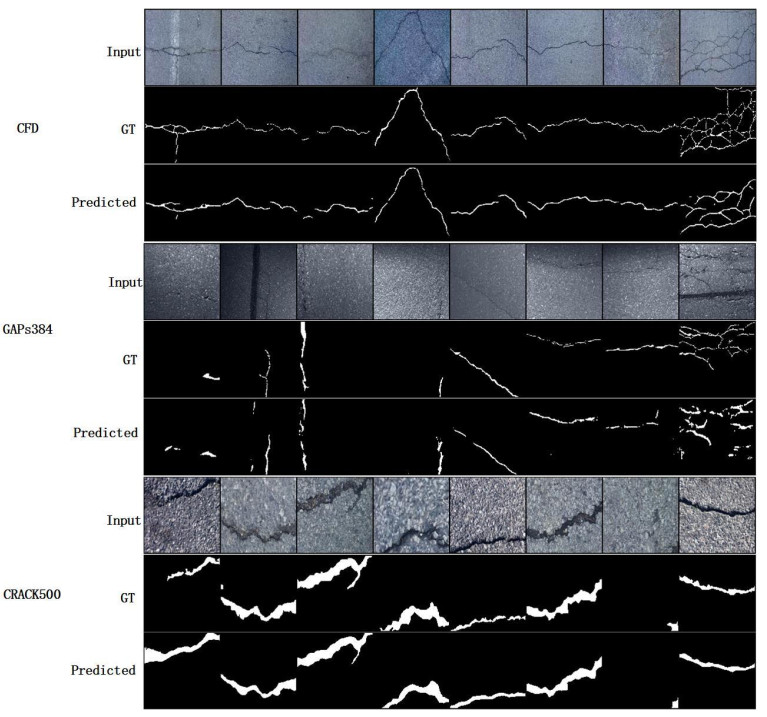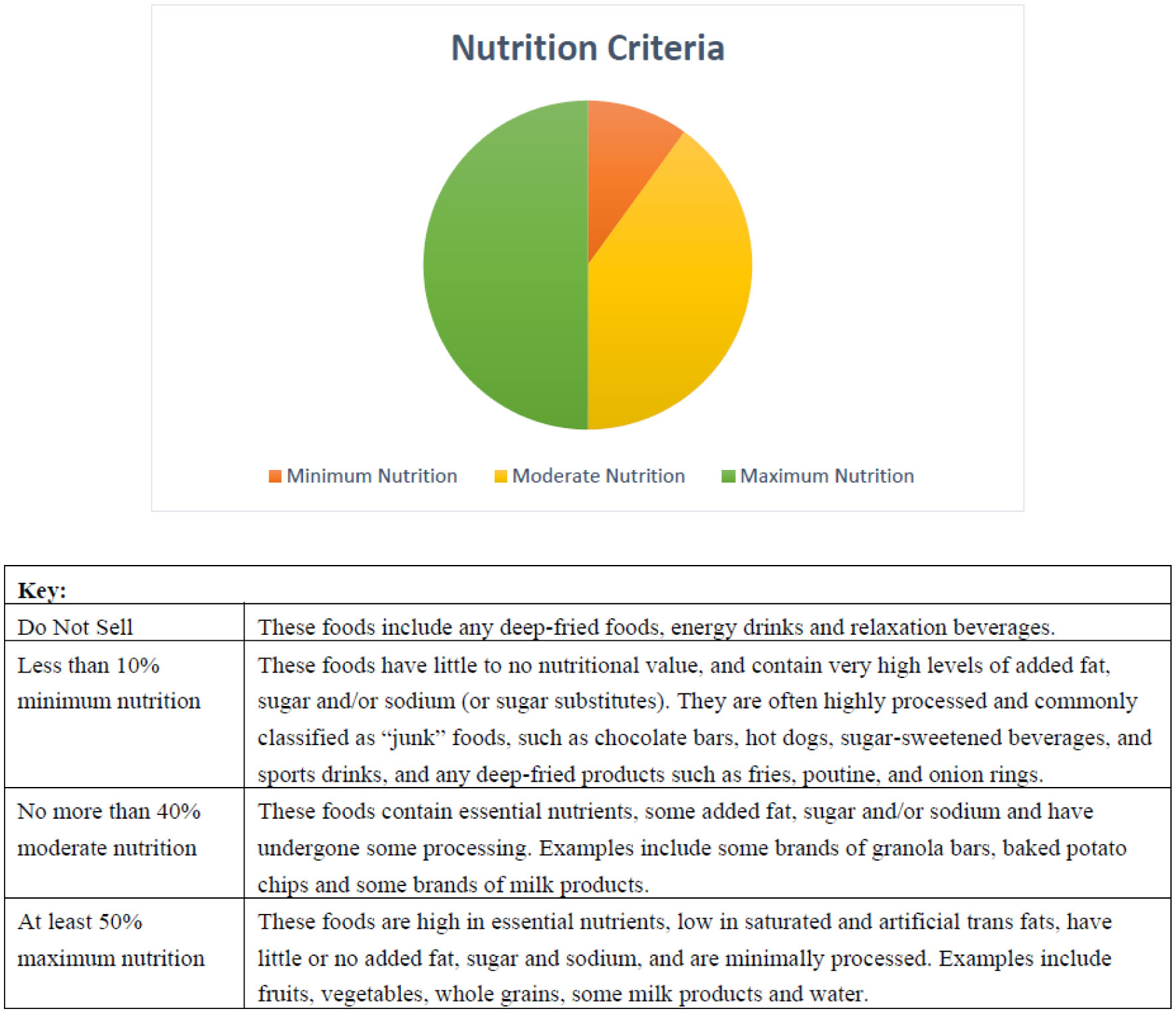Interventions to support healthy eating among populations are needed to address diet-related chronic disease. Recreation and sport settings are increasingly identified as ideal settings for promoting overall health, particularly for children, through creation of environments that support positive health behaviours. These publicly funded settings typically support health through physical activity promotion. However, the food environment within them is often not reflective of nutrition guidelines. As more jurisdictions release nutrition guidelines in such settings, the purpose of this study was to assess whether voluntary nutrition guidelines, released in 2015 in the Canadian province of Nova Scotia, had any impact on food environments in these settings. Baseline and follow-up audits of food environments were conducted one year before (in 30 facilities) and one year after guideline release (in 27 facilities). Audits involved classifying all foods and beverages within vending machines and concessions as Do Not Sell, Minimum, Moderate, or Maximum nutrition, using criteria provided in the guidelines. The proportion of items within each category was calculated, and differences from pre- to post-guideline release were assessed using Chi-squared statistics. Results indicated limited change in food and beverage provision from pre- to post- guideline release. In fact, from pre- to post-guideline release, the proportion of Do Not Sell vending beverages and concession foods increased significantly, while Maximum concession beverages decreased, suggesting a worsening of the food environment post-guideline release. Findings suggest that voluntary guidelines alone are insufficient to improve food environments in recreation and sport settings. For widespread changes in the food environment of these settings to occur, more attention needs to be paid to reducing social, cultural, political and economic barriers to change (real and perceived) that have been identified in these settings, alongside developing leadership and capacity within facilities, to ensure that positive changes to food environments can be implemented and sustained.
1.
Introduction
It is well known that the improvement of road facilities can help the economic growth and provide convenience for people's travel. However, the service life of the road is limited, and various road diseases will appear as time goes by due to the causes of nature and vehicle crushing. If the road diseases cannot be repaired in time, the degree of damage and the potential risk of traffic accidents will inevitably increase.
As one of the most common road diseases, road crack detection is essential for road maintenance. Figure 1 shows some examples of road crack. In the past, the task is mainly relied on maintenance workers to inspect the road surface. However, the manual detection is low efficiency, has a high labor cost, and tends to miss some non-obvious road cracks. With the rapid development of computer vision and artificial intelligence, the traditional manual way has been gradually alternated by automatic road crack detection. Compared with the rough location detection of road crack, pixel-level road crack segmentation can further evaluate the degree of road damage and help formulate an accurate maintenance plan.
Compared with the crack detection at the region level, segmenting road crack at the pixel level is more valuable to analyze the damage degree of road surface and help to make a more reasonable maintenance scheme. However, accurately segmenting the road crack at the pixel level is not trivial due to the complexity and diversity of road cracks, such as slender shapes, heavy noises, discontinuous edges, complex backgrounds, and various scales. This paper proposes a road crack segmentation method based on attention-based deep FCN with adversarial training. First, we use FCN as a segmentation network and add visual attention mechanism and residual structure to the segmentation network. Then we introduce a CNN as the discrimination network to guide the training of the segmentation network. The discrimination network is trained with two inputs: the original image masked by the predicted image generated from the segmentation network and the original image masked by the groundtruth. The segmentation network and the discrimination network are trained alternatively. The discrimination network is trained to maximize the loss resulting from the CNN feature differences between the segmented image and the groundtruth, while the segmentation network is trained with gradients passed by the discrimination network to minimize the loss function. The capability of both the segmentation network and discrimination network has improved alternatively after the adversarial training process. When the discrimination network fails to identify the inputted original image is masked by the predicted mask or groundtruth, i.e., the Nash equilibrium is achieved, the optimal segmentation network is obtained. The overall network structure of this article is shown in Figure 2.
The main contributions of this paper are summarized as follows:
1) Inspired by adversarial training, we use six layers of CNN as a discriminate network and use the same loss function to ensure that a discriminate network only passes the segmentation network's gradient. And finally, the model of segmentation can be most optimal and accurately segment the road crack in different scales and shapes and complex road conditions;
2) We add more convolutional layers to extract more features based on a fully convolutional neural network. Meanwhile, with the help of an attention mechanism, our model can capture richer features and get more refined, smooth, and accurate pixel-level segmentation results;
3) Our proposed model is trained on whole images with 128 × 128 image resolution and gets a satisfactory result in a relatively short training time. We analyze the experimental results on three public datasets qualitatively and quantitatively to demonstrate the effectiveness of the proposed method.
The rest of this paper is organized as follows: In the second section, we briefly review the related work of crack detection; In the third section, we provide the details of the proposed model; In the fourth section, we present and discuss the experimental result on three public datasets; In the last section, we conclude this paper.
2.
Related work
The crack segmentation methods can be categorized as the traditional method and the deep-learning-based method. In recent years, deep learning technology has been applied in image segmentation. Since it can automatically extract useful features at multiple scales and significantly improve performance, deep learning-based methods have become the mainstream for crack segmentation.
2.1. Traditional crack detection method
The early crack method mainly relied on thresholding [1,2] that has low robustness. To overcome this problem, some research combined gray values [3], the standard deviation of neighboring pixels [4] to avoid the influence of noise. Besides, some researchers proposed Minimal Path Selection (MPS) [5,6], Minimum Spanning Tree (MST) [7,8], Crack Fundamental Element (CFE) [9,10] to enhance the continuity of crack. The minimum path-based method is to find the shortest path length between two specific nodes and to extract the structure similar to the curve in the image. Chen et al. [11] used the shortest path for crack detection but a high error detection rate. Although considerable efforts had been made, the pixel threshold-based methods are still difficult to get satisfied segmentation results of complex cracks with bad road conditions. The texture analysis-based method [12,13] firstly captures the gray-scale spatial distributions to characterize the texture pattern in the image and then uses texture patterns to predict if the pixel belongs to a crack or normal road surface. However, this method cannot capture local information and cannot well segment the irregular cracks. The wavelet transform method [14,15] assumed that a crack in structure would change the structure's natural frequencies and vibration, so it can be used for detecting the crack location and depth. Although the wavelet-based method can avoid the influence of noise in the image, it cannot work well for discontinuous cracks. Another traditional method is saliency detection [16], which aims to identify image salient areas by fusing multi-scale image features. Wei et al. [17] used saliency detection to detect road cracks, but it was difficult to obtain a complete and continuous crack.
2.2. Deep learning-based crack detection methods
In recent years, the deep learning method has been applied in road image segmentation and has become mainstream image processing. The deep learning method can automatically extract target features at multiple scales and significantly improve performance compared to the traditional image process methods. Dan et al. [18] firstly proposed a Convolutional Neural Network (CNN)-based method for semantic segmentation, which uses the sliding window to identify each crack pixel concerning its neighboring pixels around them. However, if there are errors in initial labels, it may have poor predictions and high computation costs. Cha et al. [19] proposed a crack segmentation method that used a deep CNN combined with sliding windows for the cracks with different scales. The method is robust to noise and can work well for complex road conditions. Then Cha et al. [20] proposed a crack segmentation method by combining Regional Proposal Network (RPN) and Faster Regional CNN (R-CNN), in which the RPN network is used for target extraction, and the Faster R-CNN is used to locate the extracted target. Liu et al. [21] proposed an end-to-end deep hierarchical CNN to segment the road crack, consisting of a fully connected neural network and a deep supervision network. Long et al. [22] proposed the Fully Connected Network (FCN) by replacing the full connection layer in CNN with a convolutional layer. As a result, both efficiency and accuracy of pixel-level segmentation are simultaneously improved a lot. Islam et al. [23] proposed an FCN-based crack detection method that used an encoder for feature extraction and a decoder for pixel-level classification. FCN showed that different stages of convolutional layers, but the coarse feature maps of the top layer are not enough to obtain the refined segmentation result. Based on the FCN model, many types of segmentation networks were proposed for medical image segmentation. In recent years, the U-Net network has been widely used in the field of medical image segmentation. Ronneberger et al. [24] firstly proposed U-Net and applied it to medical image segmentation. With data augmentation and appropriate loss function, the U-Net can realize end-to-end training and get a good prediction with fewer train images. Oktay et al. [25] proposed a model for medical image segmentation based on U-Net by combining with an attention mechanism, significantly improving segmentation accuracy. Inspired by the successful application of U-Net in medical image segmentation, Liu et al. [26] firstly used the U-Net to detect concrete cracks. The trained model can accurately identify the cracks in images. Compared with FCNs, it can obtain better results but with fewer training sets. Badrinarayanan et al. [27] proposed SegNet consisted of an encoding network and a decoding network. The multi-scale deep architecture was developed by using pooling indices for up-sampling and finally realized pixel-level classification. Zou et al.[28] proposed DeepCrack model based on SegNet can capture the line structures through an end-to-end trainable deep convolutional neural network. With larger-scale feature maps and more holistic representations, the model can detect more detail of crack. Liu et al.[29] proposed DeepCrack based on FCN and used DSN to supervise features of each convolution layer. And it also refines the prediction results by using guided filtering and Conditional Random Fields(CRFs). The residual network [30,31] can help solve gradient disappearance and gradient explosion in deep neural networks. Huyan et al.[32] proposed CrackU-Net, which achieved pixel-level crack detection through convolution, pooling, transpose convolution, and concatenation operations. This model was based on U-Net and did not change the structure too much. What the difference is that a transposed convolution layer was introduced into CrackU-Net. Fan et al.[33] proposed an ensemble of convolutional neural networks based on probability fusion for automated pavement crack detection and measurement. The network can identify the structure of small cracks with raw images. Song et al.[34] established a multi-scale dilated convolution module and introduced an attention module to refine the features further. These researches demonstrate that the attention mechanism is useful for extracting image features. But there is still plenty of room for improvement of precision and F1-score. The Generative Adversarial Network (GAN) was first proposed by Goodfellow et al. [35], and it has been applied for medical image segmentation [36–39]. Gao et al.[40] proposed a GAN-based method for segmenting crack of concrete pavement, which combines segmentation network CU-Net and FU-Net with GAN. Many types of research of GAN indicate that combining the segmentation network with the GAN principle can improve the accuracy and robustness of the segmentation network.
3.
Methodology
3.1. Segmentation network of the model
3.1.1. Structure of segmentation network
The segmentation network structure is illustrated in Figure 3. The segmentation network is a fully convolutional encoder-decoder structure that uses 6-layer convolution to extract image features. A multi-scale skip-connection structure is used in up-sampling. The input image size is adjusted to $ 128\times 128\times 3, $ and the encoder uses convolutional layers with a convolution kernel size of 7, 5, 4, respectively, and stride 2 to perform down-sampling to extract image features. The decoder uses global convolution with a convolution kernel size of 3, 7, 9, 11, respectively, and stride 1. At the same time, a residual convolution module is added after each convolution layer with kernel sizes 1, 3, 1, respectively. The channels of each convolutional layer in the encoder are 64,128,256,512, 1024, and 2048, respectively. Based on FCN, a visual attention mechanism is added in the segmentation network's upsampling to preserve more image details, while the residual structure is added after each convolution layer to make the network deeper to get more features.
3.1.2. Attention mechanism
Attention mechanism was firstly proposed by Bahdanau et al. [41] for machine translation. In recent years, it has been applied in computer vision and Natural Language Processing (NLP), similar to the visual attention that humans only pay attention to the part they are interested in of the image. Adding the attention mechanism into the deep neural network can make the network pay more attention to the current target information, and the influence of irrelevant information appears insignificant.
The attention mechanism can be expressed in the following form:
where $ \boldsymbol{X} $ refers to the input, $ \boldsymbol{N}\left(\boldsymbol{X}\right) $ refers to the output of attention network denoted as $ \boldsymbol{A} $; $ \boldsymbol{F} $ refers to the feature matrix obtained by the input $ \boldsymbol{X} $ through the convolutional neural network; $ \otimes $ denotes matrix concatenation operation on $ \boldsymbol{A} $ and $ \boldsymbol{F} $; $ {\boldsymbol{F}}_{\boldsymbol{A}} $ is the feature matrix result from $ \boldsymbol{A}\otimes \boldsymbol{F} $. The diagram of the attention mechanism is illustrated in Figure 4.
3.1.3. Residual module
The residual module can deepen the network to capture richer feature information and avoid the network's degradation problem as the layers increase. The residual structure is shown in Figure 5, which consists of three layers of convolution with convolution kernel sizes of 1, 3, and 1, respectively, using the Leaky Relu activation function after each layer of convolution.
Our proposed method can capture richer local features and more global semantic features by adding the above modules.
3.2. Discrimination network of the model
3.2.1. Classic GAN
The Generative Adversarial Network (GAN) is composed of a generator and a discrimination network. The principle of GAN is that: the generator generates an image as close as possible to the real image, while the discrimination network discriminates whether the input is real or fake. The adversarial training between the generator and discrimination network can continuously enhance their abilities until Nash equilibrium. The GANs' objective loss function is defined as follows:
where, $ {\theta }_{G} $ and $ {\theta }_{D} $ represent the parameters for the generator and discrimination network, respectively. $ x $ is a real image from an unknown distribution $ {P}_{data} $, and $ z $ is a random input for the generator G, drawn from a probability distribution $ {P}_{z} $. The objective of GANs is to minimize the generator's loss function and maximize the discrimination network's loss function. The former makes the generator generate the predicted label as close as the groundtruth and later makes the discrimination network cannot accurately distinguish the input is predicted label or groundtruth.
3.2.2. Adversarial training
Adversarial training is proposed by Goodfellow et al.[42]. By using adversarial training not only can it improve the robustness of the model but also can improve the ability of generalization capability. In a word, adversarial training is used adversarial samples, which is produced by adding a noise $ {r}_{adv} $ to the original input to the trained model compared with the original input. The model can be expressed as follows:
where, y is the label, $ \theta $ is the model parameters. The theory of adversarial training is further elaborated by Madry et al. [43]. To optimize the adversarial training theory, Madry proposed a new formula which is called Min-Max. The Min-Max is defined as follows:
where L is the loss function, $ \mathcal{S} $ is the range of values of $ {r}_{adv} $.
As the formula shows, the Min-Max has two parts: the max is called 'attack', which is to find disturbance $ {r}_{adv} $ and maximize the loss, and the min is called 'defense' which minimizes the outer loss and gets model parameters with the highest robustness.
3.2.3. Discrimination network
To guide the training of the segmentation network, we formulate an adversarial network Inspired by Min-Max. The network includes six convolutional layers with a kernel size of 3, 7, 9, 11, respectively. The inputs of the discrimination network are the label image and the predicted image segmented by the segmentation network. The discrimination network is trained to maximize the loss and pass gradients to the segmentation network when the segmentation network is trained to minimize the loss. The structure of the discrimination network is illustrated in Figure 6.
The discrimination network has two inputs: the original image masked by the predicted image generated from the segmentation network and the original image masked by the groundtruth. The loss function of the discrimination network is defined as follows:
where, $ {\mathcal{l}}_{mae} $ refers to Mean Absolute Error (MAE), $ {x}_{n} $ denotes the input image, $ {y}_{n} $ denotes groundtruth, and $ S\left({x}_{n}\right) $ denotes the output prediction map of the input image from the segmentation network, $ {x}_{n}\circ S\left({x}_{n}\right) $refers to pixel-level multiplication of origin image and predicted image, and $ {x}_{n}\circ {y}_{n} $ refers to pixel-level multiplication of origin image and groundtruth. What's more, The $ {\mathcal{l}}_{mae} $ is formulated as:
where, $ L $ denotes the number of discrimination network layers, and $ {f}_{D}^{i}\left(x\right) $ denotes the feature map of image $ x $ at layer $ i $ of the discrimination network. The pseudo algorithm of the proposed model for crack segmentation is provided as follows:
4.
Experimental results and analysis
4.1. Datasets
We evaluate the performance of our method on three public datasets: Crack Forest Dataset(CFD) [44], GAPs284, and CRACK500, respectively. CFD includes 118 road crack images with 480×320 resolution; The GAPs284 includes 509 different resolutions road crack images. The CRACK500 dataset includes 1896 road crack images with 648×484 resolution. All datasets provide the groundtruth for each image. Some examples of these three datasets are illustrated in Figure 7. All images for training, evaluation, and testing are uniformly resized to the size of 128 × 128. The proposed model is trained and evaluated on the above three separate datasets. All three data sets are divided into training and validation sets in a 7:3 ratio.
4.2. Experimental setting
The experimental environment is Intel(R) Core(TM) i5-9400F CPU, 6GB memory, Geforce GTX1660S GPU, Windows 10 operating system, program based on Pytorch. During the experiment, the epoch is set to 300; batch size is set to 8; shuffle is set to True; the initial learning rate is set to 0.0002 reduced by the decay rate 0.5 after every 50 epochs until the learning rate is 0.00000001; Adam optimization algorithm betas is set as (0.5, 0.999).
4.3. Evaluation criteria
The commonly used criteria, i.e., Precision, Recall, F1 Score, mIoU (Mean Intersection over Union), are used for evaluation and comparison. The Precision and Recall are computed as follows:
where TP, FN, and FP refer to True Positive, False Negative, and False Positive, respectively.
F1-Score is a criterion used in statistics to measure the accuracy of the binary classification model, which is calculated as a weighted average of precision and recall and is defined as:
where P and R refer to Precision and Recall, respectively.
mIoU is a common criterion for semantic segmentation evaluation, aiming to calculate the intersection ratio between true and predicted labels. mIoU is computed as follows:
where k refers to the number of samples.
4.4. Experimental results comparison
4.4.1. Qualitative results
The experimental results of our proposed network on the CFD, GAPs284, and CRACK500 public datasets are shown in Figure 8.
As is shown in the above images, the predicted results on CFD have smooth and consistent cracks. But when the crack is too complex, like the last image that has too many horizontal and vertical interlaced shapes, the model can detect the main crack, but the prediction is not as detailed enough as the label image. When the model is tested on GAPs284, it can segment the insignificant crack which is not labeled in the groundtruth, as is shown in the first image. The predicted images on CRACK500 also show that the model can produce the segmentation results which look better than the groundtruth. The above experience results demonstrate that the model has a good ability to segment road crack images.
4.4.2. Quantitative comparisons
To demonstrate the effectiveness of our method for pixel-level crack segmentation, we compare the experimental results with other state-of-the-art methods under the criterion of Precision, Recall, and F1 Score, and the quantitative results are listed in Table 1.
The quantitative comparisons demonstrate that the accuracy of our method outperforms or is comparable to the state-of-the-art methods. For example, the performance of our method on the CRACK500 dataset got the best result than other methods.
4.5. Effect of attention mechanism
To demonstrate the effect of the attention mechanism, we compare the performance of the proposed network with and without the attention module in Table 2.
The quantitative comparisons demonstrate that the accuracy of our method outperforms or is comparable to the state-of-the-art methods. Compared with the network without the attention module, the improvement is noticeable: the mIoU of three datasets is increased by about 7%, 3%, and 17%, respectively.
4.6. Effect of Generative Adversarial Guided Learning
To demonstrate the effect of generative adversarial guided training in the proposed method, we use our proposed method, U-Net and Attention-based U-Net, to conduct comparative experiments on three public datasets CFD, GAPs284, and CRACK500, respectively, under the same experimental environment and settings. We use mIoU and F1 scores as experimental evaluation criteria. As is shown in Table 3, it is obvious that generative adversarial guided learning can improve the accuracy compared with a single segmentation network. The comparative experiments prove that generative adversarial learning plays a significant role in improving the accuracy of road crack segmentation.
4.7. Discussion
Qualitative and quantitative comparisons of experimental results demonstrated that the proposed method achieves good performances on different datasets. The reasons are that: 1) we perform the crack segmentation under the guidance of generative adversarial learning framework, the adversarial mechanism makes us can obtain an optimal segmentation network even if the number of training samples is relatively small; 2) we combine the residual modular and attention mechanism in the segmentation network, which can capture richer information, preserve more detail of crack and obtain refined segmentation results. Although the groundtruth of the crack is discontinuous and rough, the segmentation results are still robust, continuous, and smooth, which is close to the crack in reality. Although the experimental results demonstrate that the generative adversarial learning framework and the attention mechanism positively affect crack segmentation, the segmentation result may miss some crack details if the road crack pattern is highly complicated.
5.
Conclusion
Road crack detection plays a significant role in road maintenance and is a challenge in computer vision due to the complexity and diversity of crack and the condition of the road. This paper tackled the challenge problem of pixel-level road crack segmentation by proposing attention residual U-Net with generative adversarial guided learning. The segmentation network can capture richer and important information by adding the residual modular and attention mechanism. Under the generative adversarial learning framework, the optimal segmentation network can be obtained and can achieve high performance. We verified the performance of this model on three public road crack data sets, and our method outperforms or is comparable to the state-of-the-art methods. Experimental results show that the proposed model can effectively and accurately achieve high-quality crack segmentation by improving the segmentation network through adversarial training.
The network proposed in this paper has achieved idea results for crack detection, but further research work is needed in the following aspects: The crack width is not measured in this paper. Future research work will focus on measuring and evaluating road damage ratings. This paper only performs crack detection on static images, but future research will realize real-time video crack detection.
Acknowledgments
This work is supported by the national key research and development program (2019YFB1705702).
Conflict of interest
The authors declared that they have no conflicts of interest in this work.










 DownLoad:
DownLoad:
